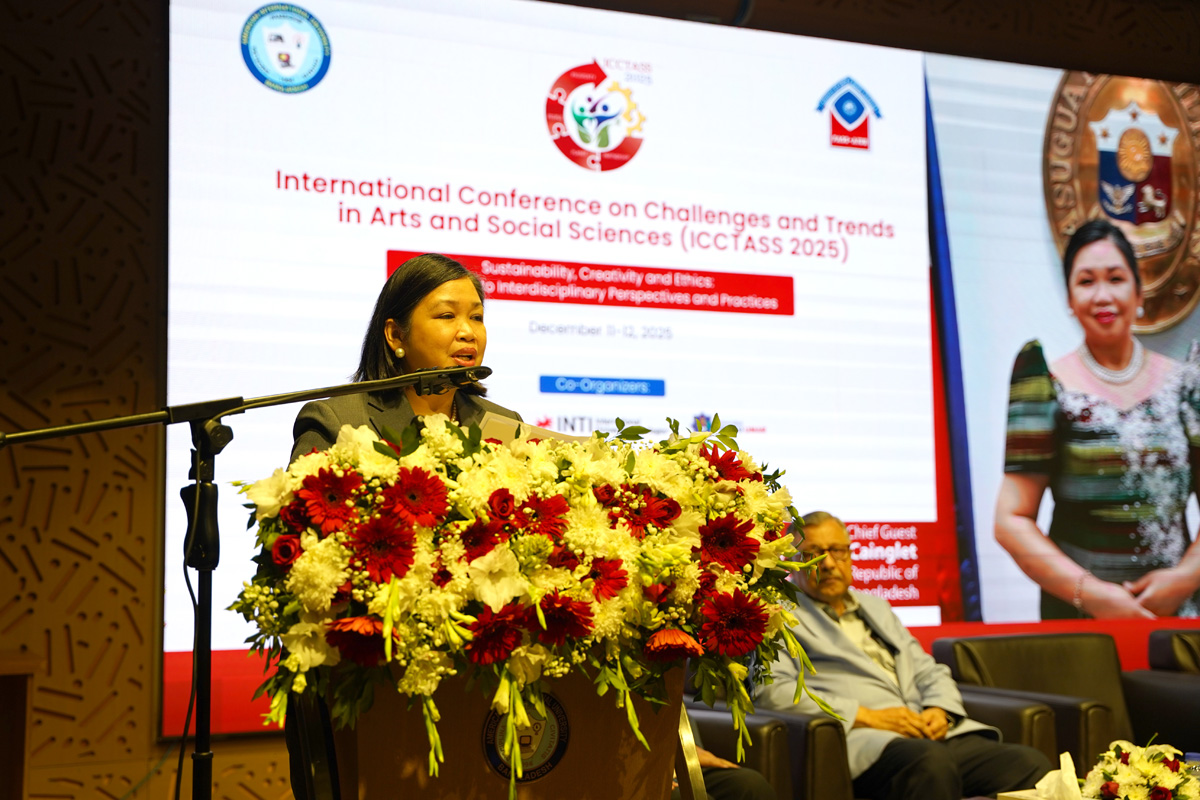Ohm Health’s breathing lamp has just launched for preorders. (Photos courtesy Ohm Health)
After a few years in the making, a local health startup has just launched its first product.
Richmond-based Ohm Health recently began taking…

Ohm Health’s breathing lamp has just launched for preorders. (Photos courtesy Ohm Health)
After a few years in the making, a local health startup has just launched its first product.
Richmond-based Ohm Health recently began taking…

Phones, smart glasses, and other camera-equipped devices capture scenes that include people who never agreed to be recorded. A newly published study examines what it would take for bystanders to signal their privacy choices directly to…
BEIJING, Dec. 24 (Xinhua) — China’s pediatric and adolescent cancer…
MOSCOW, Dec. 24 (Xinhua) — China is creating development opportunities for the entire world, building a space conducive to growth not only for itself but also for its partners to achieve common wealth and prosperity, a Russian scholar has…

The American International University-Bangladesh (AIUB) inaugurated the International Conference on Challenges and Trends in Arts and Social Sciences (ICCTASS 2025) on 11 December 2025, with Her Excellency Nina P….

The International Conference on Challenges and Trends in Arts and Social Sciences (ICCTASS 2025), organized by the Faculty of Arts and Social Sciences of American International University-Bangladesh (AIUB), continued…


Three people – including two police officers – have been killed in an explosion in Moscow, Russian authorities have said.
Two traffic police officers saw a “suspicious individual” near a police car on the city’s Yeletskaya Street, and when they…

Three people – including two police officers – have been killed in an explosion in Moscow, Russian authorities have said.
Two traffic police officers saw a “suspicious individual” near a police car on the city’s Yeletskaya Street, and when they…